Roswell Park Memorial Institute 1640 (RPMI-1640)
Roswell Park Memorial Institute 1640 (RPMI-1640) are being used for culturing human normal and neoplastic leukocytes, HeLa, Jurkat, MCF-7, PC12, PBMC, astrocytes, carcinomas, bone marrow, as well as hybridoma cells.
Description
Roswell Park Memorial Institute 1640 (RPMI-1640)
Background:
Roswell Park Memorial Institute 1640 (RPMI-1640) was originally developed in 1967 by Moore et. Al at Roswell Park Memorial Institute. Therefore, it has the acronym RPMI-1640. Moreover, this medium contains a great deal of phosphate which is an essential element for tumor cells due to using glycolysis as a main source of energy in cell aggregates which is one of the most useful strategies for tumor cells survival.
Why PurMa Biologics? Why we stand behind our cell culture media:
Our products are the outcome of 30 years of experience in cutting edge cell and tissue culture science. Additionally, we routinely manufacture over 1500 media . Moreover, We utilize %99 pure amino acids. This significantly increases the consistency among your experiments, and the result of your lab compared to other laboratories working on the same issues. Considering the highest quality, our prices are extremely reasonable.
Application:
RPMI-1640 medium are being successfully used for culturing human normal and neoplastic leukocytes, HeLa, Jurkat, MCF-7, PC12, PBMC, astrocytes, carcinomas, bone marrow, and hybridoma cells. The major difference between RPMI1640 and other media besides higher PH (8) is, it contains biotin, vitamin B12, and PABA. In addition to alterations in the amounts of amino acids and vitamins, inositol, and choline are present in very high concentrations.
Formulation:
Formulation: Complete formulation is here: RPMI-1640 Formulation
References:
- Culture of normal human leukocytes. Moore et al. 1967 Feb 20;199(8):519-24. PMID: 4960081
- Leukocytes as carriers in the transmission of bovine leukemia: certain morphologic and functional characteristics of cultured leukocytes from normal and leukemic cattle. Dunne et al. Am J Vet Res. 1970 Apr;31(4):597-617. PMID: 5437104.
- Long-term culture of human leukaemic leukocytes. Pössnerová et al. 1970;17(5):513-23. PMID: 5274436
| Parameter | Specification |
|---|---|
| Appearance | Red, clear liquid |
| pH | 7.2 ± 0.1 |
| Osmolality | 275-360 mOsm/L |
| Endotoxin | NMT< 2EU/mL |
| Mycoplasma | Negative |
| Suitability | Suitable for mammalian cell culture |
| Additive | Sodium pyruvate |
| Indicator | Phenol red |
| Mycoplasma Detection | Negative |
| Sterility Tested | Sterile filtered using 0.22 µm filter |
| Form | Liquid |
| Shipping Condition | Room temperature |
Additional information
| Condition | RPMI-1640 Standard Formulation, RPMI-1640 w/o HEPES, High Sodium Bicarbonate (3.7 g/L), RPMI-1640 w/o Sodium Bicarbonate, High HEPES (4.77g/L), RPMI-1640 w/o Glutamine, RPMI-1640 w/o Phenol Red, RPMI-1640 w/o Sodium Bicarbonate, RPMI-1640 w/o Sodium Pyruvate, RPMI-1640 w/o Glucose, RPMI-1640 w/o Lipoic Acid, RPMI-1640 w/o HEPES, RPMI-1640 w/o Glutamine, w/o Phenol Red, RPMI-1640 w/o Phenol Red, w/o Sodium Bicarbonate, RPMI-1640 w/o Sodium Bicarbonate, w/o Sodium Pyruvate, RPMI-1640 w/o Glutamine, w/o Phenol Red, w/o Sodium Bicarbonate, RPMI-1640 w/o Phenol Red, w/o Sodium Bicarbonate, w/o Sodium Pyruvate, RPMI-1640 w/o Glutamine, w/o Phenol Red, w/o Sodium Bicarbonate, w/o Sodium Pyruvate, RPMI-1640 With Low Glucose (1.5 g/L), RPMI-1640 With High Sodium Bicarbonate (3.7 g/L), RPMI-1640 With 15 mM HEPES (3.6 g/L), RPMI-1640 With 25 mM HEPES (5.9 g/L), RPMI-1640 With 15 mM HEPES (3.6 g/L), High Sodium Bicarbonate (3.7 g/L), RPMI-1640 With 25 mM HEPES (5.9 g/L), High Sodium Bicarbonate (3.7 g/L), RPMI-1640 w/o Sodium Pyruvate, w/o Phenol Red, RPMI-1640 w/o Sodium Pyruvate, w/o HEPES, RPMI-1640 w/o Sodium Pyruvate, w/o Phenol Red, w/o HEPES, RPMI-1640 w/o Phenol Red, with 15 mM HEPES (3.6 g/L), RPMI-1640 w/o Phenol Red, with 25 mM HEPES (5.9 g/L), RPMI-1640 w/o Sodium Pyruvate, with 15 mM HEPES (3.6 g/L), RPMI-1640 w/o Sodium Pyruvate, with 25 mM HEPES (5.9 g/L), RPMI-1640 w/o Phenol Red, High Sodium Bicarbonate (3.7 g/L), RPMI-1640 w/o Sodium Pyruvate, High Sodium Bicarbonate (3.7 g/L), RPMI-1640 w/o Sodium Pyruvate, w/o Phenol Red, with 15 mM HEPES (3.6 g/L), High Sodium Bicarbonate (3.7 g/L), RPMI-1640 w/o Sodium Pyruvate, w/o Phenol Red, with 25 mM HEPES (5.9 g/L), High Sodium Bicarbonate (3.7 g/L), RPMI-1640 w/o Phenol Red, w/o Sodium Pyruvate, with 15 mM HEPES (3.6 g/L), RPMI-1640 w/o Phenol Red, w/o Sodium Pyruvate, with 25 mM HEPES (5.9 g/L), RPMI-1640 w/o Phenol Red, with 15 mM HEPES (3.6 g/L), High Sodium Bicarbonate (3.7 g/L), RPMI-1640 w/o Phenol Red, with 25 mM HEPES (5.9 g/L), High Sodium Bicarbonate (3.7 g/L), RPMI-1640 w/o Sodium Pyruvate, with 15 mM HEPES (3.6 g/L), High Sodium Bicarbonate (3.7 g/L), RPMI-1640 w/o Sodium Pyruvate, with 25 mM HEPES (5.9 g/L), High Sodium Bicarbonate (3.7 g/L) |
|---|---|
| Format | Liquid, Powder |
| Size | 1 X 10L ( Powder), 1 X 50 L (Powder), 10 X 1EZ Individually Packed (Powder), 50 X 1EZ Individually Packed (Powder), 1 x 500 ml, 6 x 500 ml, 1 x 1000 ml, 6 x 1000 ml |
Quality Control
[vc-quality-control-tab]Formulation
SDS
Only logged in customers who have purchased this product may leave a review.
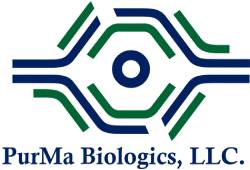
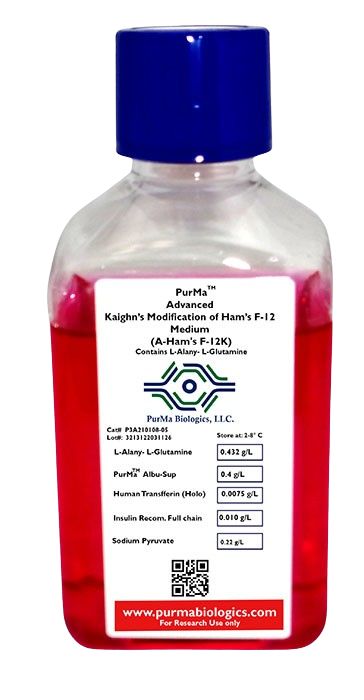
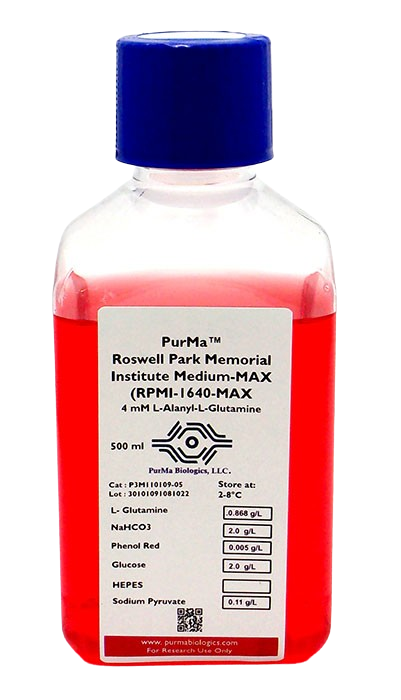
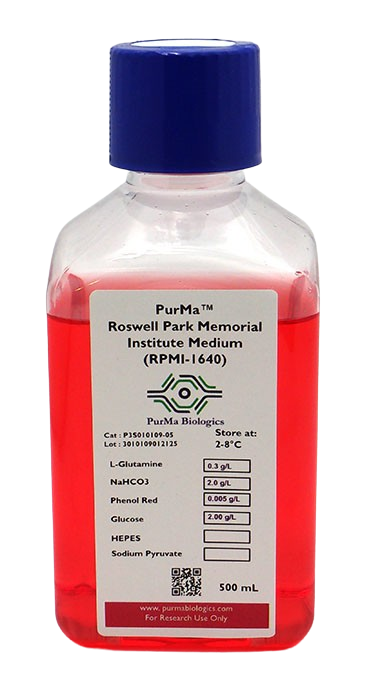
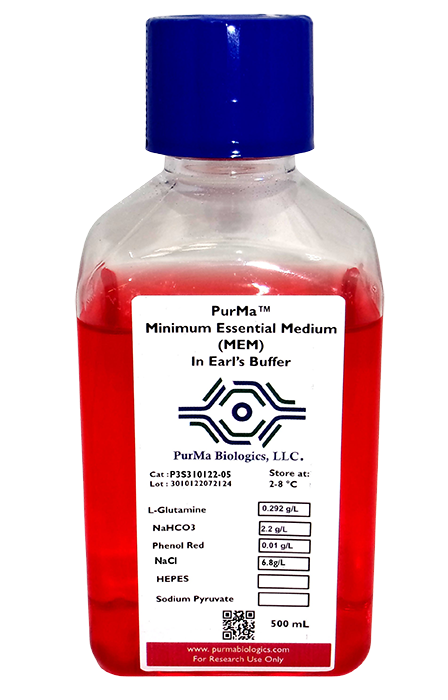
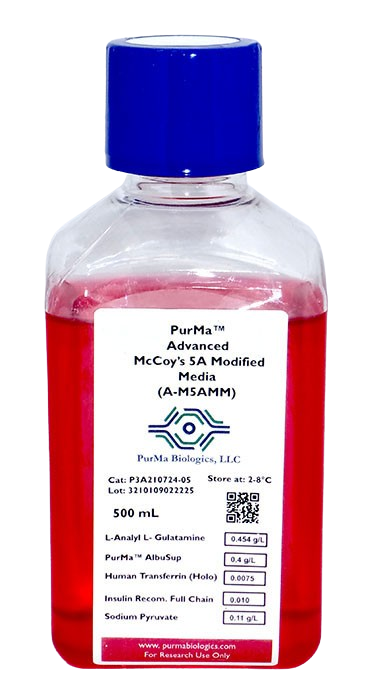
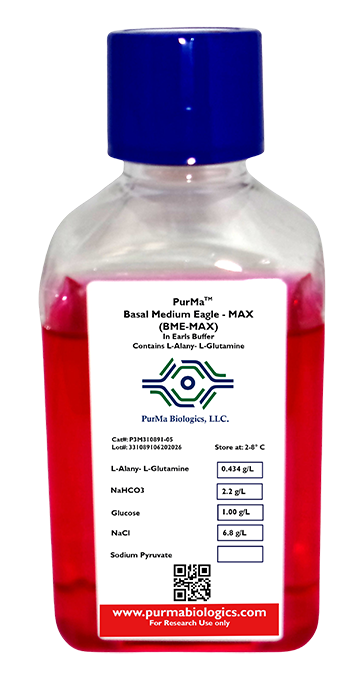
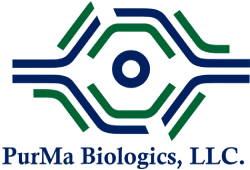
Reviews
There are no reviews yet.